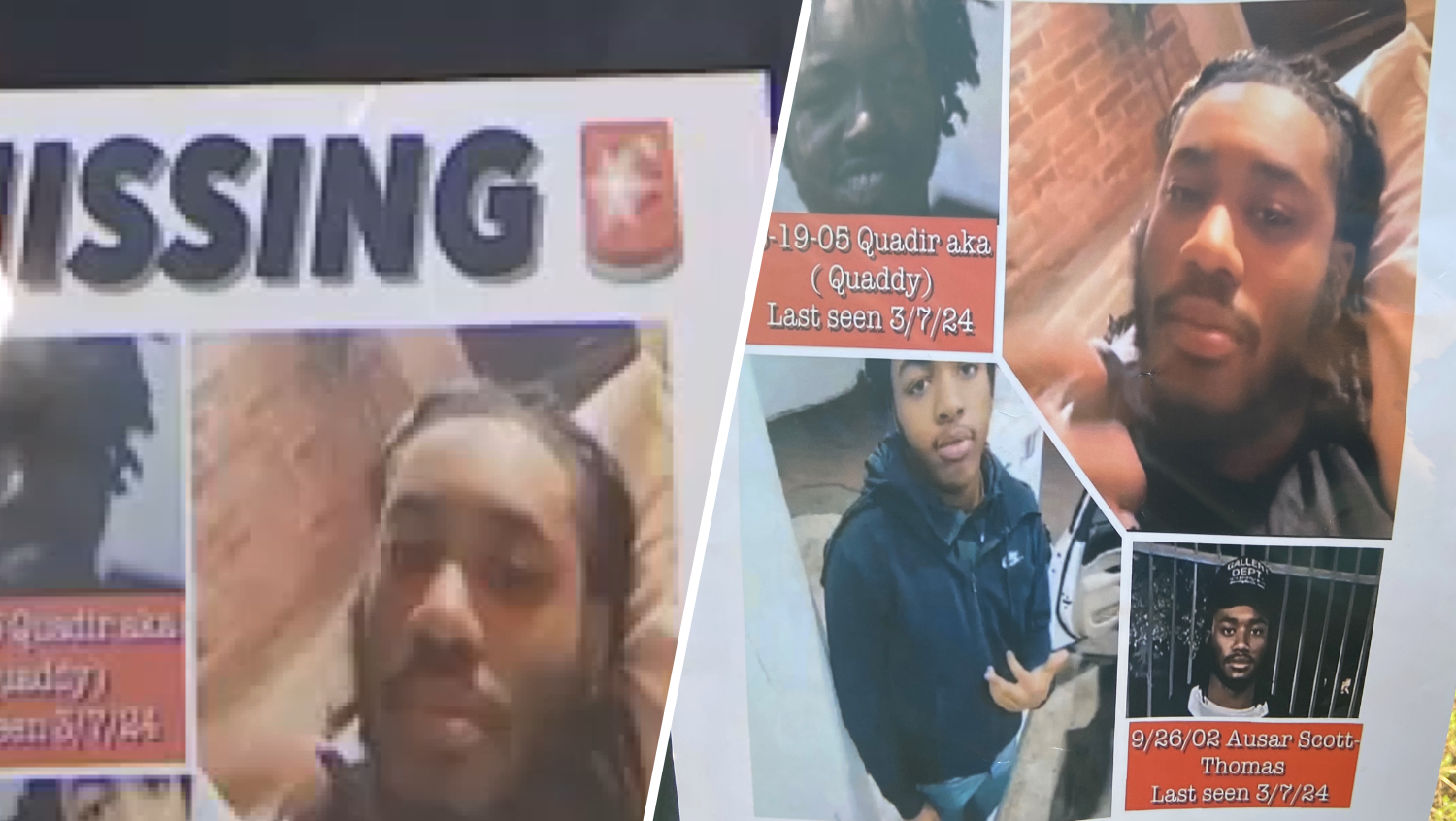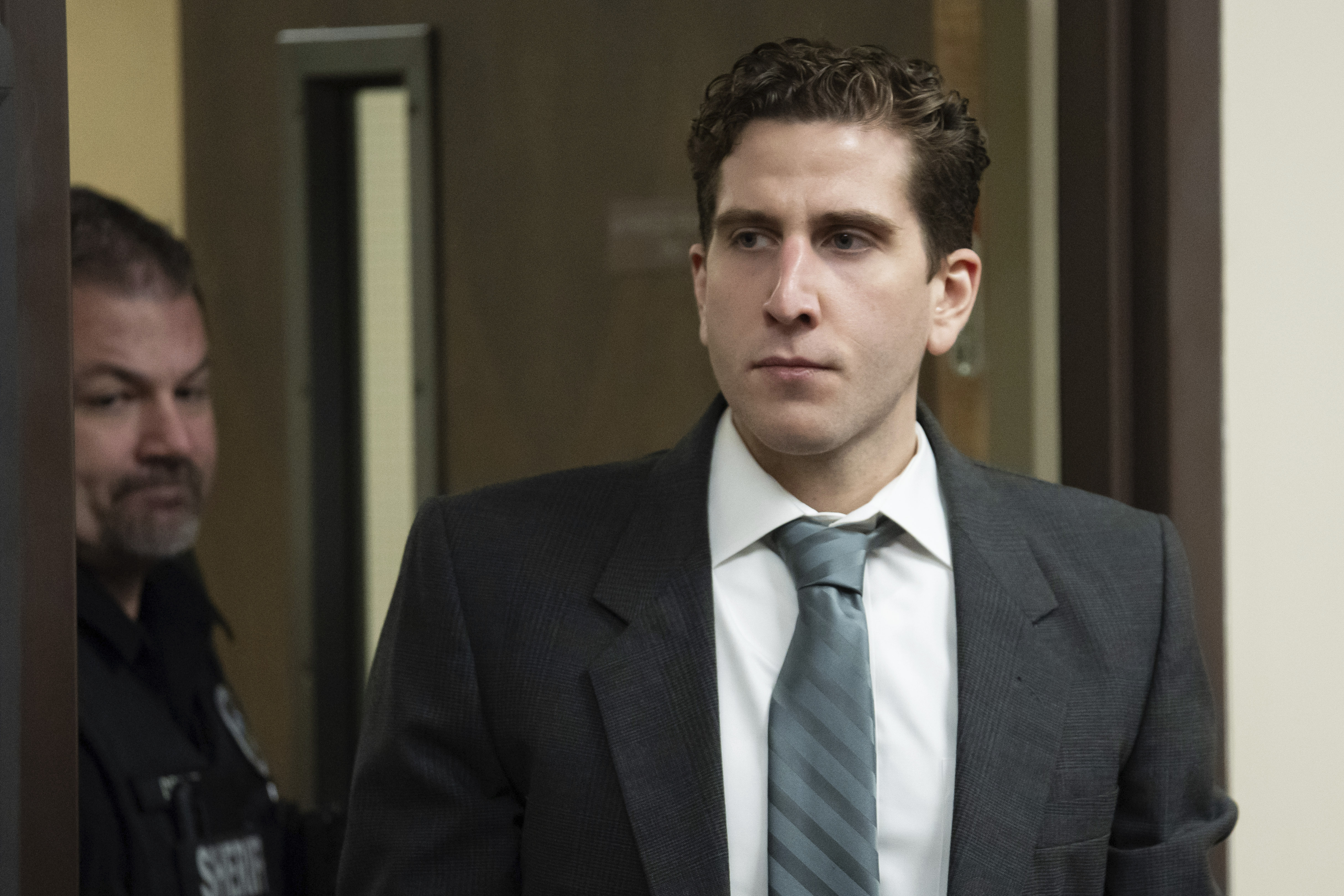It was like clockwork.
Every weekday, Will Entriken would stand on the platform at SEPTA’s Meadowbrook station in Montgomery County waiting for the 7:53 a.m. West Trenton-bound train to arrive. But, despite being there on-time, he says the train was always behind schedule.
"It was literally late every day and usually by 15 minutes or more," said Entriken, a software developer.
Frustrated by Train No. 330’s tardiness, Entriken considered writing a letter to SEPTA complaining, but figured an empty complaint would be futile. So he created an app, using data from SEPTA, to check the train's actual arrival against the published schedule.
"I wanted to write a letter saying ‘your train has been late every day for the past month, please update the schedule and just move it back 15 minutes,'" he said.
That was October 2008.
Since then, the 29-year-old has expanded the app to collect SEPTA regional rail location data, every minute, for 13 regional rail lines – providing, what he says is, a more realistic train schedule for both SEPTA and its passengers.
Local
Breaking news and the stories that matter to your neighborhood.
"The reports can be used as a recommendation for SEPTA to update their timetable and it can also be used by passengers as a more realistic schedule of when the train will get there," he said. "In other words, if you were going to tell your friend to take the 330 train, you would say "the train is scheduled for 8 a.m., but you don't need to show up until 8:12 a.m."
Entriken says he then sends reports to SEPTA proposing changes to the regional rail schedules.
"You don't even need to tell the conductors, they can keep driving the trains as they do today. The only difference is the passengers, who will get a better idea of when to show up for their train," he said. "It's only a few minutes here and there, but in one year it adds up to a whole human life's worth of time saved from waiting at the station."
Jim Fox, SEPTA’s Chief Control Center Officer, calls the app "a nice little tool," but says there are a number of factors that go into adjusting the schedule. SEPTA shares rail lines with Amtrak at some points, and there are points where several lines converge and merge.
"We have to be careful when we make two or three minute time adjustments to make a train hit a certain station to meet a customer’s preference," Fox said. "It’s a very delicate balancing act and you usually only have a few minutes of wiggle room either way to get a train to merge into that main line of traffic before you get to other trains trying to get through there."
Fox says the agency has a committee which analyzes the train performance and takes all factors into account when considering making changes to each regional rail line’s schedule. Those changes happen several times a year.
Short-term or temporary construction projects could delay trains, but Fox says they wouldn’t necessarily adjust the schedule – knowing about the construction project.
SEPTA and Entriken also use different ways to measure what makes a train "on-time."
The transit authority measures the amount of time it takes a train to get to Suburban Station in Center City from its end of line point. Arriving more than 6 minutes late will classify a train as behind schedule.
"Whether it’s three or four minutes late at a certain station, or even six or seven minutes late at a certain station, a lot of times that train will make up time in route…," Fox said. He says SEPTA’s goal is a 91 percent on-time performance rate. Currently, the regional rail lines are running at just under 93 percent.
Entriken’s app calculates the amount of time it takes for a train to get to each station. He says that is more important to the rider because not everyone takes a train to SEPTA's measuring point.
SEPTA has been welcoming developers like Entriken to create apps riders can use for several years. They’ve opened up data feeds and held "hack-a-thons" where a group of developers create an entire new application over a day or weekend.
Michael Zaleski, SEPTA’s Director of Emerging & Specialty Technologies, says the response from developers has been great. Speaking specifically about Entriken’s app, he and other SEPTA officials have ideas how it can be refined to offer more features and tools and plan to discuss the improvements directly with him.
As for planning your commute using the current app, SEPTA says it’s good for guidance, but that it should be your only source for train information.
“It’s something you have a look at and sort of have a general gauge, but conditions change every day…so just because it says it’s four minutes late, it may not be or there may be a situation when it’s later than four minutes,” Zaleski said.
To try Entriken's SEPTA Regional Rail Independent On-Time Performance Report, click here.
Contact Vince Lattanzio at 610.668.5532, vince.lattanzio@nbcuni.com or follow @VinceLattanzio on Twitter.



